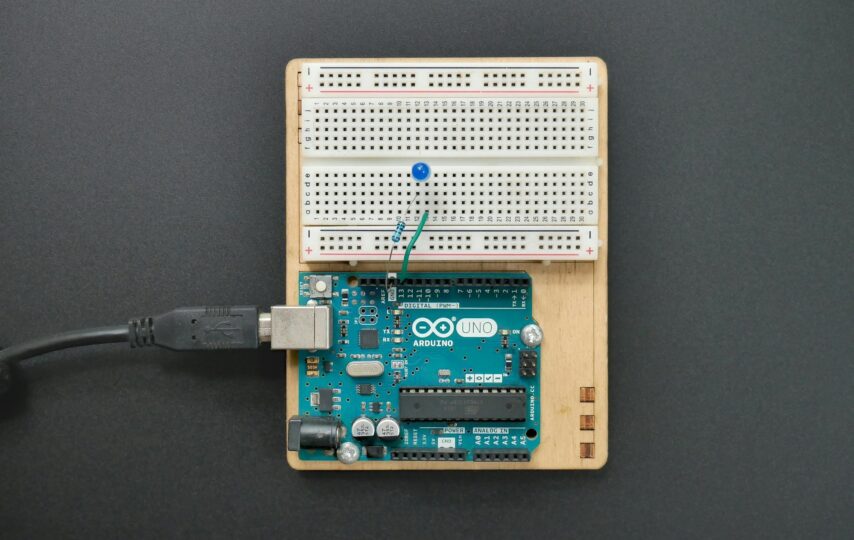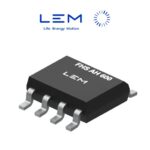Delving into the realm of electronic prototyping can be an electrifying journey toward turning a spark of idea into a tangible, working device. This inventive process, while thrilling, is riddled with complexities and nuances that can befuddle even seasoned creators. In this exploration, we beckon curious minds with a blend of professional insight and a dash of playfulness to unveil the core considerations for effective electronics prototyping.
Understanding Your Project Scope
Before embarking on your prototyping venture, it’s pivotal to grasp the breadth and depth of your project. Determining the scope early on aids in aligning your resources, time, and efforts effectively, ensuring that your creative process is as charged as the circuits you aim to create.
Choosing the Right Tools and Components
One cannot overstate the importance of selecting the appropriate tools and components for your prototype. This selection can make or mar your prototyping journey, affecting not only the functionality but also the feasibility of your project. Ensure you’re equipped with the right soldering iron for the job and components that match your specifications, leveraging quality for longevity.
For those delving deeper into circuit testing and measurement, understanding how to select the correct oscilloscope probe for accurate and effective test measurements is essential. Different projects require different probe types, and knowing this can significantly enhance the precision of your work.
Designing for Testability
In the electric galaxy of prototyping, designing your project for testability is akin to navigating with a constellation map. This crucial step allows for early detection of problems and ensures your prototype not only works in theory but thrives in practice. Consider test points, modularity, and debugging features in your design phase to save time and energy in the long run.
Navigating the Prototype Iteration Process
The road from a simple sketch to a completed prototype is rarely direct. It winds through revising and rewriting drafts, asking for patience and endurance. Take advantage of this iterative process by realizing that each cycle only leads you to perfection because there are revelations and opportunities for tweaking at every turn.
Understanding Costs and Budgeting
Prototyping electronics isn’t only about soldering components together; it is rather, the intricate balance between creativity and cost-efficiency. Through a thorough understanding of all the expenses which are from raw materials to tooling and budgeting, the way you make yourself out of the situation without going broke becomes easier.
The Importance of Documentation
All experienced inventors will tell you that behind every successful prototype lies a huge pile of documentation. This includes the schematics, design iterations, test results, and so on. Documentation is not merely record-keeping; it’s a map of your prototype’s evolution over time and the roadmap to future improvements.
Exploring the Educational Aspect
Prototyping is not simply the way of creating things, it is also an invaluable learning experience. Through the process of iterating and refining your prototype, you gain knowledge in the fields of microelectronic principles, behavior of components, and the subtleties of design by virtue of working hands-on. This aspect of education will continue to expand your knowledge base, making you become a better designer with every project.
The Role of Cooperation in Prototyping
Collaboration remains the light of innovation in the field of electronics prototyping. Working with other creators, such as through brainstorming, seeking advice or teaming up, creates new sources of creativity and the focus on accuracy as well. The community of people working together as a team has the capacity to propel your project forward, enlightening potential problems and creative answers that would have otherwise been unseen.
Embracing the Evolution of Technology
Since rapidly changing technology is the norm today, it is important to keep abreast of the latest trends and developments in electrical prototyping. From sensor technologies to the most advanced microcontroller capabilities and beyond, this landscape is constantly evolving. While accepting the evolution allows the use of the most recent features in the prototypes, the boundaries of what is possible are pushed and your projects remain relevant in the ever-changing context.
Conclusion
Embarking on an electronics prototyping adventure is an extremely exciting challenge that drives you to be creative, innovative, and more problem-solving. If you take into account these crucial aspects: recognizing your project scope, careful selection of tools and components, design with the testability in mind, embracing iterative approach, successfully managing the budget, thorough documenting the journey, exploration of educational opportunities, leveraging collaboration, and embracing technological advances, you are already near to achieving your electronic dreams. Trust the flow of imagination to guide you in tapping the power in your electric endeavors.








